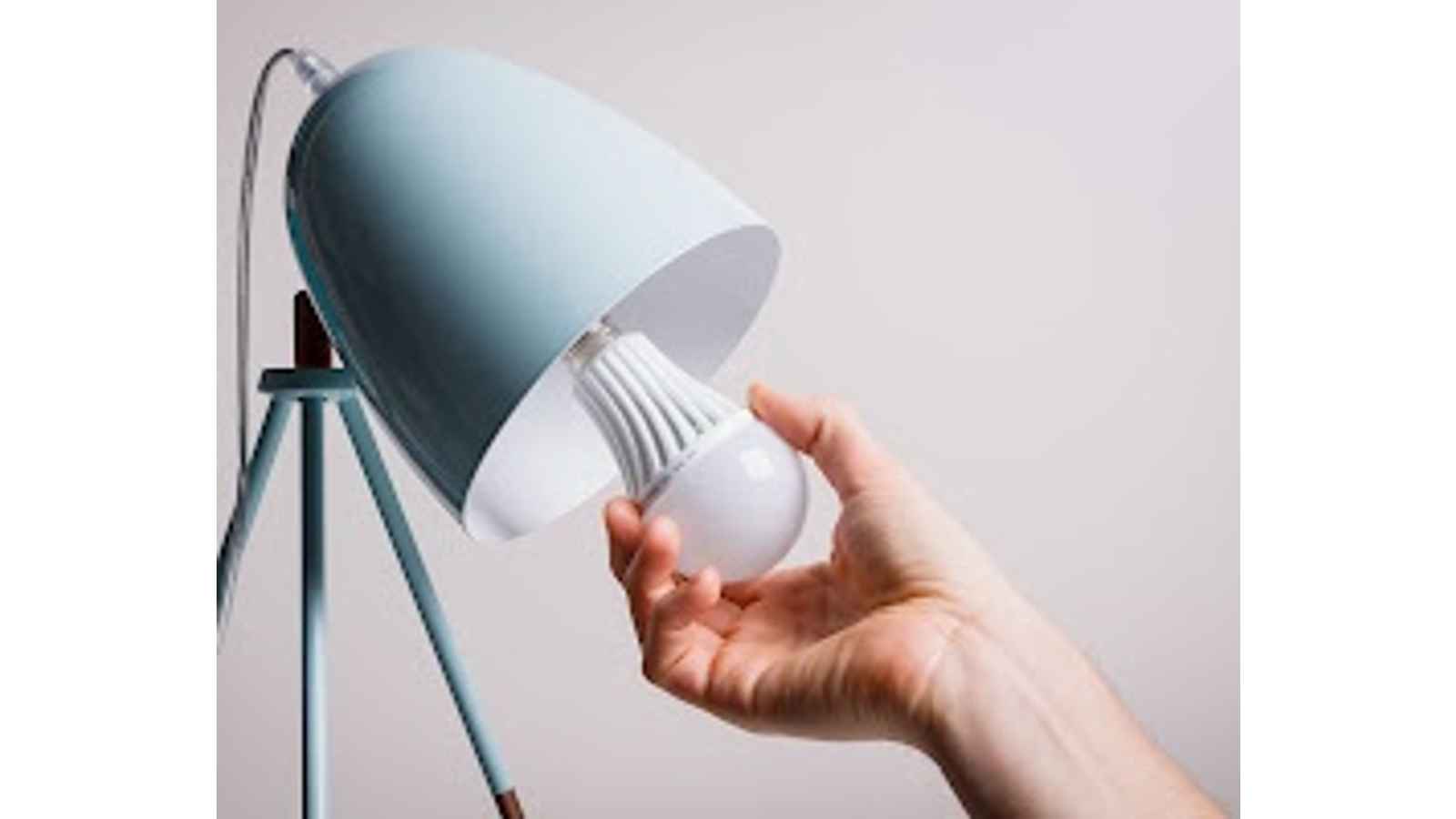Change A Light Day is celebrated on the first Sunday of October, which falls on October 1 this year. This day promotes light-saving and energy-saving techniques associated with light bulbs. In the nineteenth century, Thomas Edison, one of the most renowned personalities in science, invented the light bulb. It was a revolutionary moment for the world when people no longer needed to rely on candles, lanterns, and fires to create illumination at night. Despite the fact that the invention of the light bulb was cause for celebration, it was not without its drawbacks. In addition to emitting UV emissions and radiation, light bulbs consume a great deal of energy, inevitably increasing their carbon footprint. A great alternative is LEDs that not only consume less energy but also operate for a much longer time as compared to normal light bulbs.
The background of Change A Light Day
Change A Light Day was first celebrated in 2005. The Kentucky Office of Energy Policy was behind the concept for the day, and in order to reach a larger audience, the Office asked Governor Ernie Fletcher and his wife, Glenna Fletcher, to spread the word throughout the state. Soon thereafter, the First Lady observed the occasion with an official ceremony. She decreed that the holiday would be observed annually on the first Sunday of October.
Students and energy-saving organizations such as Energy Star participated in the first event to raise awareness about the expanding need to switch from traditional incandescent light bulbs to LEDs, or light-emitting diodes. Kentucky alone has conserved a significant amount of energy and electricity over the years. Numerous residents of the state now use Energy Star LED light bulbs in their daily lives. This is excellent news for the environment, as it directly correlates to less energy consumption and a smaller carbon footprint overall. LEDs have also enabled people to save money being spent on electricity bills.
Prior to the development of LEDs, the world utilized Edison’s incandescent light source. This type of light bulb was considered revolutionary because numerous inventors before Edison attempted to develop one. However, none of the other light bulbs were efficient enough to operate for an extended period of time. The invention of Edison altered that. Nick Holonyak, Jr. devised the LED in the 1960s, after increasing research in the light bulb industry led to its development. His innovation earned him the title “Father of the Light-Emitting Diode.”
Using Holonyak’s model, various types of LEDs were developed in the years that followed. LEDs consuming less than 90 percent of the energy used by conventional light bulbs and having an average lifespan of 11 years if run continuously were among the most promising characteristics. Such characteristics not only resulted in cheaper light apparatus in the long run, but they were also environmentally friendly.
5 LED FACTS THAT WILL BLOW YOUR MIND
Compared to an LED, a fluorescent light bulb consumes only 9 to 10 percent of the energy produced.
An LED bulb is 95% recyclable, with no mercury, and emitting a lot less waste.
If you want your fruits and vegetables to be safer to consume, shine an LED light on them, as it has been proven that this type of light kills bacteria.
In order to attract fewer insects to your porch, you can convert to an LED porch light because other types of bulbs emit UV radiation and heat, both of which attract insects.
In 2012, 49 million LED installations in the United States saved the energy sector approximately $700 million.
CHANGE A LIGHT DAY DATES
| Year | Date | Day |
|---|---|---|
| 2021 | October 3 | Sunday |
| 2022 | October 2 | Sunday |
| 2023 | October 1 | Sunday |
| 2024 | October 6 | Sunday |
| 2025 | October 5 | Sunday |




